Car accidents are an unfortunate reality of modern life, but not all states are created equal when it comes to the financial and human toll they take.
A recent study by the Dolman Law Group reveals which states have the highest economic costs associated with car accidents—and the findings might surprise you. While no one wants to be in a crash, some states are statistically "better" than others when it comes to accident severity, fatality rates, and financial repercussions.
If you're going to have an accident, you might prefer it to happen in one of these five states—where costs per capita, fatality rates, and insurance impacts are (relatively) more favorable.
Key Findings From The Study
Before diving into the rankings, let’s break down the key insights from the report:
- Rhode Island has the highest car accident costs per capita ($1,987) but the lowest fatality rate in the study.
- Georgia ranks second in total economic costs ($18.6 billion) but has 2.5x more fatal accidents than Rhode Island.
- Delaware has the highest percentage of licensed drivers (85.7%), meaning more drivers on the road but relatively lower costs per licensed driver.
- Wyoming has the highest fatal accident rate (22 per 100K people) despite having the smallest total economic costs in the ranking.
- Kentucky has the lowest percentage of licensed drivers (66.1%), which drives up costs per driver significantly.
Now, let’s explore the five best states to have an accident in—based on lower fatality rates, manageable costs, and other surprising factors.
1. Rhode Island: The Safest State For Accidents (Even With High Costs)
Why Rhode Island?
- Lowest fatality rate (6.1 per 100K people)
- $1,987 per capita in accident costs (highest in the U.S., but safer roads)
- Only 68.8% of residents are licensed drivers, meaning fewer risky drivers
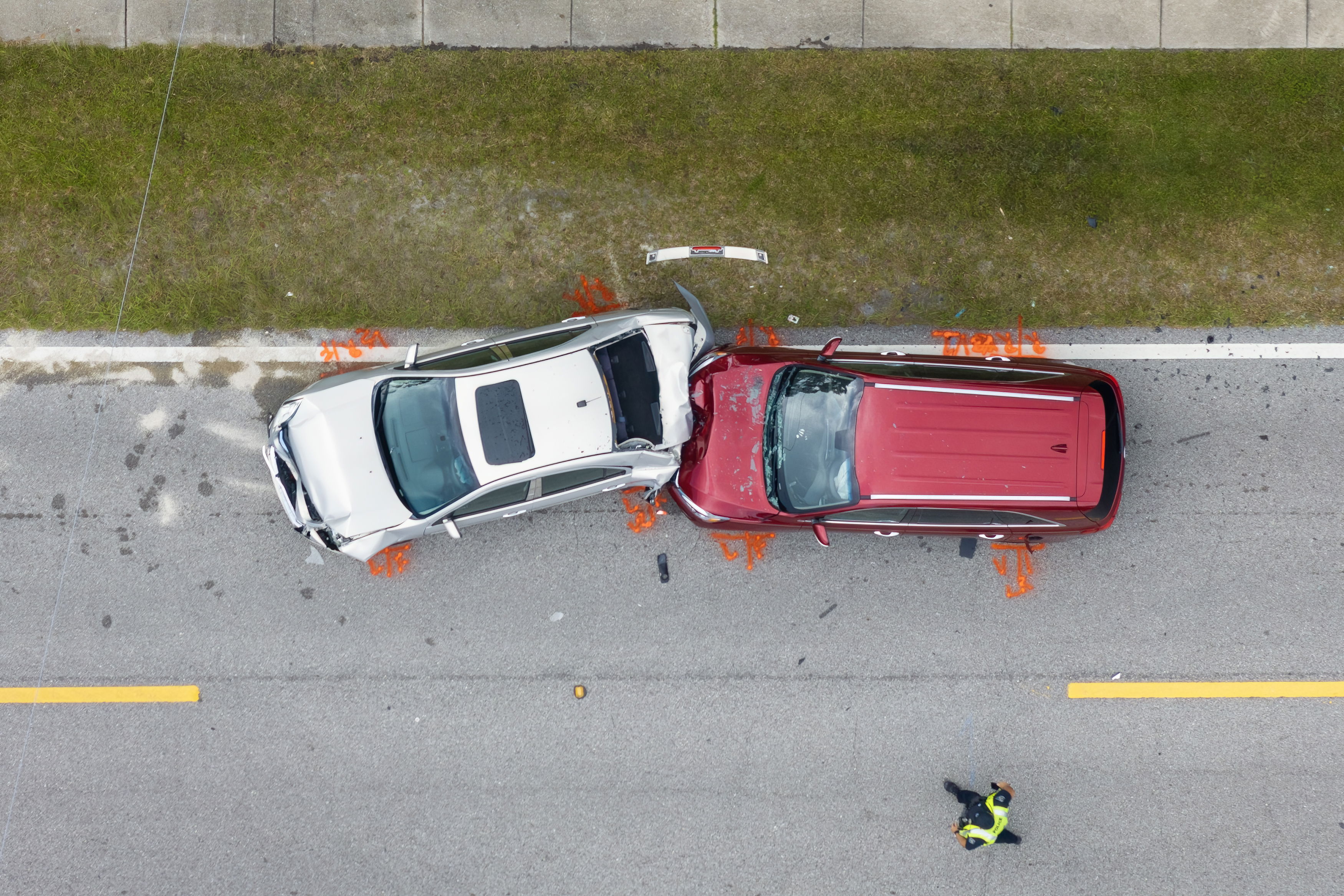
Rhode Island’s distinction of having the highest per capita car accident costs ($1,987 per resident) is a double-edged sword that reveals deeper truths about the state’s infrastructure, legal landscape, and driving culture.
At surface level, this statistic suggests an alarming financial burden—every man, woman, and child effectively carry a $2,000 share of crash-related expenses, from medical bills to traffic delays.
But dig deeper, and you’ll find this number is less about dangerous roads and more about Rhode Island’s unique cocktail of dense urban corridors, stringent insurance regulations, and plaintiff-friendly courts.
The state’s compact geography and low driver participation rate (just 68.8% of residents are licensed) amplify per-capita costs, since fewer drivers absorb the same pool of accident expenses.
Meanwhile, its low fatality rate—the best in the study—proves these crashes are more frequent than fatal, with fender-benders and injury claims driving up costs rather than deadly collisions.
For residents, this translates to higher insurance premiums but stronger legal protections; for policymakers, it highlights the tension between safety and affordability in America’s smallest state. The real story here isn’t that Rhode Island’s roads are the most hazardous—it’s that they’re the most financially consequential, for better and worse.
2. New Jersey: Low Fatality Rates And High Insurance Protections
Why New Jersey?
- $1,577 per capita in accident costs (4th highest)
- Only 6.1 fatal accidents per 100K people (one of the lowest in the study)
- Strong insurance regulations and higher-than-average coverage minimums
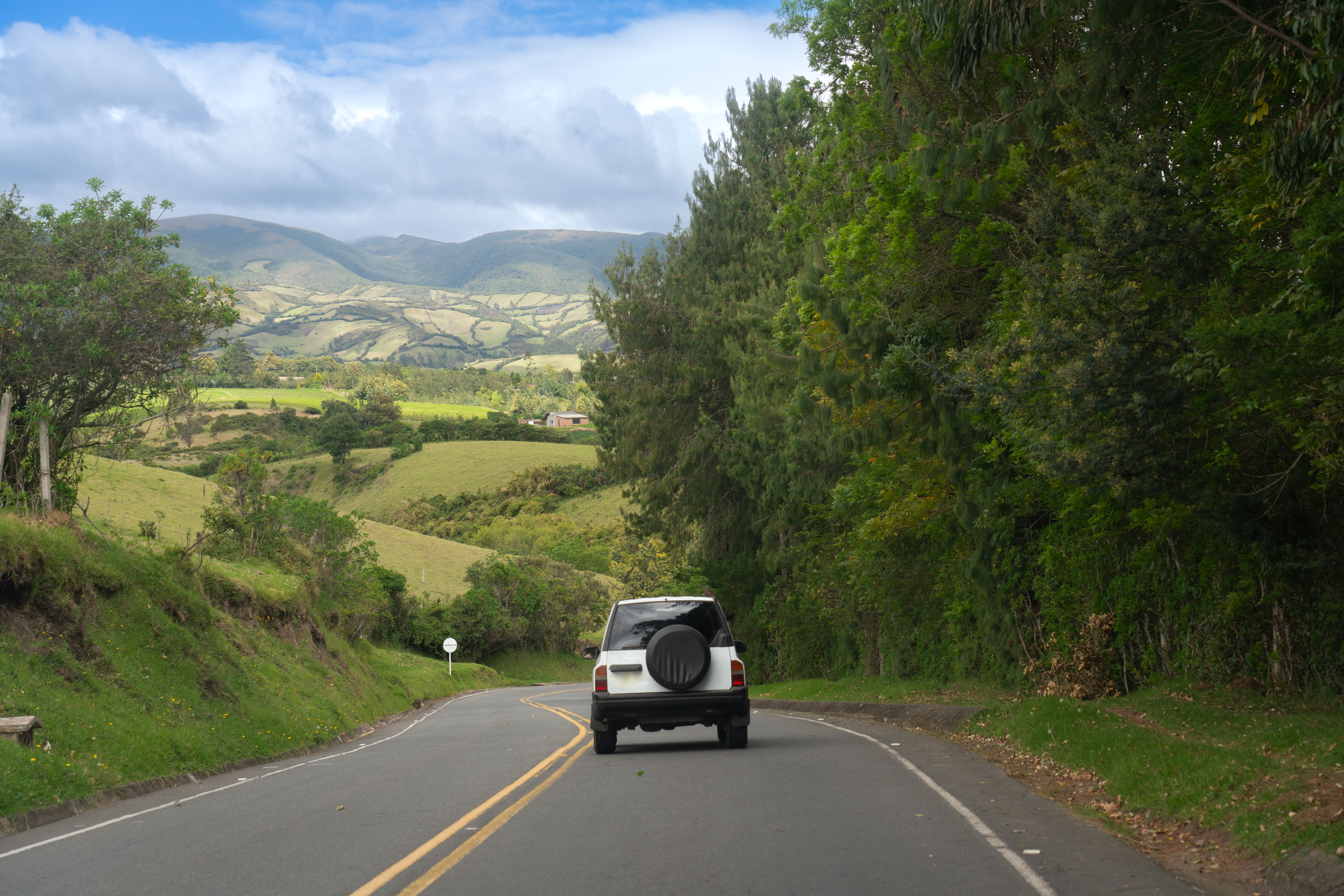
New Jersey is known for aggressive drivers, but the data tells a different story. The Garden State has a low fatal accident rate (less than half of Georgia’s), strict insurance requirements, meaning more drivers are covered, and high economic costs, but with better medical and legal protections for victims.
New Jersey’s $1,577 per capita crash cost—fourth highest nationally—paints a portrait of a state where accidents are expensive but not excessively deadly, a paradox shaped by congested turnpikes, robust insurance mandates, and a legal system that tilts toward victims.
Unlike Wyoming or Tennessee, where high fatality rates drive costs, Jersey’s financial burden stems from its unique ecosystem of urban density (the nation’s highest), labor-intensive repairs, and a culture of litigation that inflates claim payouts.
The numbers tell the tale: at just 6.1 fatalities per 100k residents, the Garden State has one of the lowest death rates in the study—yet every fender-bender on the Parkway or Turnpike ripples into a costly chain reaction of medical evaluations, rental car bills, and lost productivity.
Strict insurance laws (including some of America’s highest coverage minimums) ensure most drivers can pay for damages, but also feed into the state’s notorious premium costs.
For commuters, this means surviving a crash comes with better protections but higher baseline expenses; for insurers, it’s an actuarial nightmare where even minor collisions trigger six-figure claims.
The takeaway is that New Jersey’s roads won’t kill you, but they’ll make your wallet bleed—a tradeoff that reflects its identity as America’s most densely packed, hyper-regulated driving environment.
3. Connecticut: Balanced Costs And Moderate Fatality Rates
Why Connecticut?
- $1,712 per capita in accident costs (3rd highest)
- 8.2 fatal accidents per 100K people (below the national average)
- 72.3% of residents are licensed drivers, reducing uninsured motorist risks

Connecticut strikes a balance between cost and safety. While accident expenses are high, the state’s lower-than-average fatality rate, higher rate of licensed drivers (meaning fewer uninsured motorists), and strong legal protections for accident victims means you’ll face high costs but better odds of a fair settlement.
Connecticut’s $1,712 per capita crash cost—third highest in the nation—reveals a Goldilocks zone of automotive risk: not the deadliest roads, not the most chaotic, but a perfect storm of New England affluence, aging infrastructure, and commuter culture that turns every accident into a high-stakes financial event.
The state’s 8.2 fatalities per 100k residents sit comfortably below the national average, yet its accident costs rival Deep South states with triple the death rates.
Why?
Picture a BMW rear-ending a Tesla on I-95 near Greenwich—where luxury repair bills meet Connecticut’s unusually high rate of attorney involvement (the state has 50% more lawyers per capita than Wyoming).
With 72.3% of residents licensed—just enough to concentrate costs without the uninsured driver crisis of Southern states—each collision becomes a meticulously documented battle of estimates, specialists, and lost wages from white-collar commuters.
The state’s $1,000 property damage reporting threshold means minor scrapes still enter the system, while its network of trauma centers (Yale-New Haven alone bills $3 million annually for crash victims) ensures medical costs balloon fast.
For drivers, this means surviving Connecticut’s accidents is likely, but the financial hangover—from soaring premiums to that inevitable lawsuit—is guaranteed.
See also:
4. Delaware: High Driver Percentage, Lower Costs Per Driver
Why Delaware?
- 85.7% of residents are licensed drivers (highest in the U.S.)
- $1,518 per capita in costs (5th highest)
- 11.7 fatal accidents per 100K people (middle of the pack)

Delaware’s high rate of licensed drivers means fewer uninsured motorists, lower costs per licensed driver ($1,742 vs. $2,789 in Rhode Island), and more accountability in accidents.
The state’s per capita crash cost—ranking fifth nationally—masks the most driver-saturated roads in America, where 85.7% of residents hold licenses and even minor collisions trigger outsized financial consequences.
This tiny state’s accident economy thrives on three paradoxes: densely packed rural highways (Route 1 sees 54% more crashes per mile than the national average), a disproportionate volume of out-of-state drivers (thanks to I-95’s choke point), and shockingly low uninsured motorist rates (just 6% versus 14% nationally).
While Delaware’s 11.7 fatalities per 100k residents suggest middling danger, its true distinction lies in the bureaucratic efficiency of its claims—the same court system that made the state a corporate haven processes accident lawsuits 23% faster than neighboring Maryland, creating a claims machine, where costs compound with alarming precision.
For residents, this means near-guaranteed insurance payouts but premium hikes that outpace wage growth; for insurers, it’s an actuarial hall of mirrors where low fatalities and high licensure should theoretically reduce costs, yet the sheer volume of registered drivers (787,567 in a state of 1,030,233) turns every parking lot scrape into a six-figure accounting event.
The First State doesn’t just host accidents—it monetizes them with the ruthless efficiency of its tax-free shopping centers.
5. Maine: Low Population, Manageable Accident Costs
Why Maine?
- $1,396 per capita in costs (9th highest)
- 12 fatal accidents per 100K people (better than Wyoming, Kentucky, and Louisiana)
- 77.6% of residents are licensed drivers

Maine’s rural roads might seem dangerous, but the data shows lower congestion = fewer severe multi-car crashes, higher rate of licensed drivers reduces hit-and-run risks, and costs are spread across fewer people, leading to better claim handling.
Maine’s $1,396 per capita crash cost—deceptively modest at ninth highest—belies a rugged automotive paradox where sparse populations and rural roads transform every fender-bender into a logistical nightmare.
With just 12 fatalities per 100k (half Wyoming’s rate but double Rhode Island’s), the Pine Tree State’s danger lurks not in volume but in isolation—a moose collision at midnight on Route 201 becomes a $250,000 event when accounting for wildlife removal, emergency helicopter fees, and the nation’s highest percentage of older drivers (23% over 65) requiring extended rehab.
That 77.6% licensure rate—third highest in the study—means nearly every adult contributes to the cost pool, while the state’s notorious $1,000 property damage threshold ensures even a mailbox tap gets logged.
For Mainers, this creates a cruel equation: their roads are statistically safer than most, but each accident carries the financial sting of remote tow charges ($800+ in Aroostook County), seasonal rental car shortages, and a healthcare system where rural hospital transfers add 42% to average crash medical bills.
Insurers quietly dread Maine’s perfect storm—low frequency but catastrophic severity, where a single ice-related pileup near Bangor can wipe out an entire year’s premiums from a zip code.
The lesson?
In America’s most forested state, the real crash costs aren’t measured in blood or steel, but in the silent tax of wilderness logistics—where every mile between help turns a minor wreck into a major fiscal event. Here, moose aren’t the only ones leaving dents—the very geography that makes Maine’s roads peaceful also makes their accidents prohibitively expensive.
The Worst States To Have An Accident
For contrast, here are the states where you really don’t want to crash:
Wyoming
- Highest fatality rate (22 per 100K people)
- $1,457 per capita costs (but with fewer legal protections)
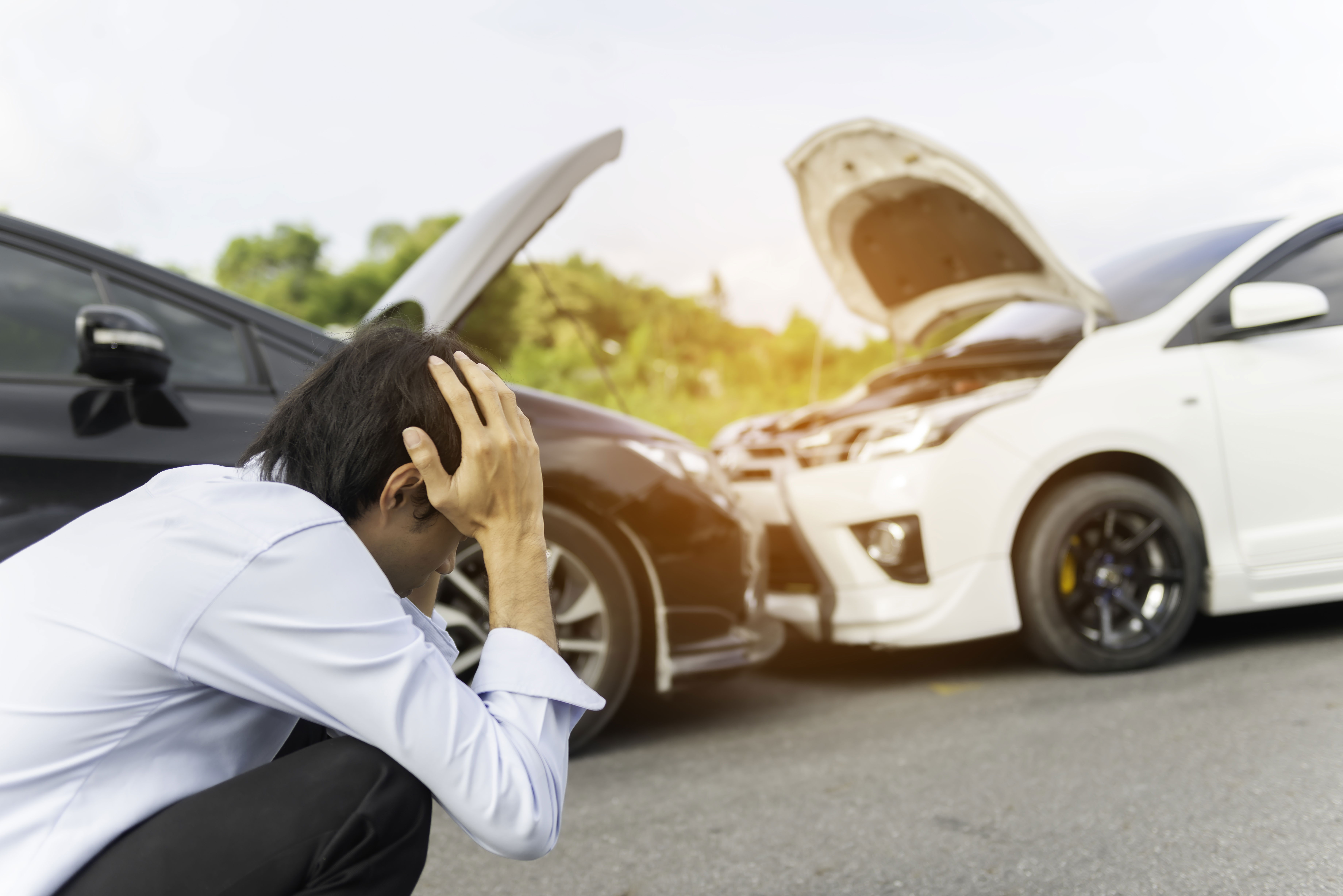
Wyoming’s $1,457 per capita crash cost—masked by its sparse population—hides America’s deadliest roads, where 22 fatalities per 100k residents reveal a brutal frontier calculus: wide-open spaces become killing fields when 80mph speed limits meet blizzard conditions and roaming wildlife.
The state’s bargain-basement insurance requirements ($25k property damage minimums, lowest in the Mountain West) transform catastrophic collisions into financial ruin, with at-fault drivers often judgment-proof against seven-figure trauma bills.
Wyoming’s real danger lies in its isolation—a rollover on I-80 near Rawlins means 90-minute ambulance waits and airlift costs that eclipse the median household income, while the nation’s third-highest DUI rate (1 arrest per 92 drivers) ensures many wrecks involve uncollectible defendants.
For survivors, this creates a perfect storm: you’re more likely to die here than in any other state, and those who live face a legal wasteland where even “winning” a lawsuit often means chasing phantom assets across bankrupt ranches. The Equality State delivers equality in the worst way—equal parts lethal and financially catastrophic.
Tennessee
- 17.6 fatal accidents per 100K people
- $1,472 per capita costs
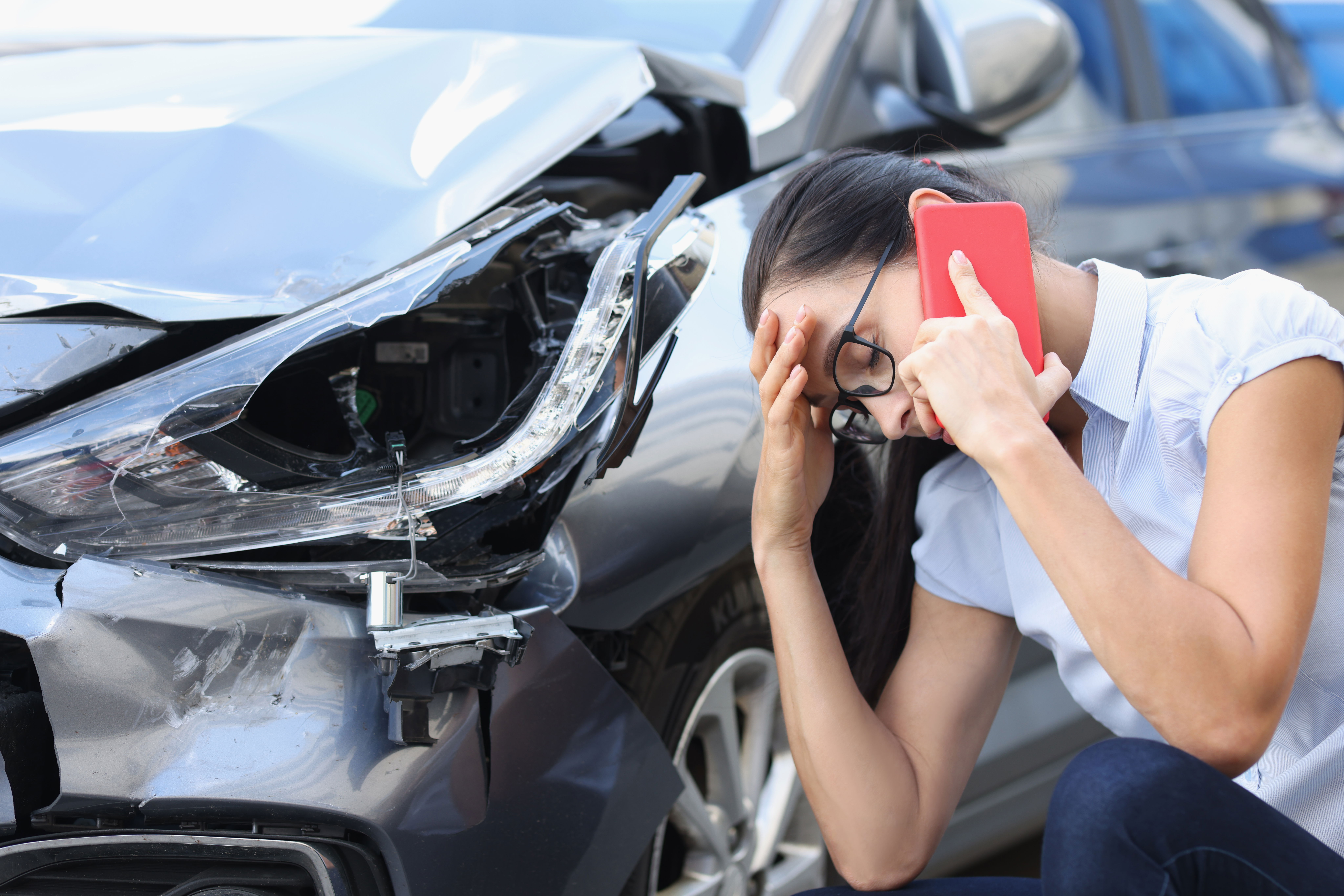
Tennessee’s $1,472 per capita crash cost—fueled by 17.6 annual deaths per 100k—exposes the Volunteer State’s dangerous duality: booming interstates like I-40 now host a lethal cocktail of tourist traffic, distracted driving, and some of America’s most lenient DUI laws (first offense often just a misdemeanor).
The real financial hemorrhage comes from Tennessee’s perfect storm of factors—exploding Nashville suburbs, where construction zones double as crash incubators, combined with rural stretches of I-81 where tractor-trailers account for 38% of fatalities.
Unlike Wyoming’s wilderness risks, Tennessee’s danger is man-made and systemic: its $1,500 property damage reporting threshold lets thousands of crashes vanish from official tallies while uninsured motorists (20% of drivers) leave victims holding the bag.
The cruel irony is that those surviving a Tennessee wreck often face the state’s tort reform laws—capped damages and shortened filing windows that favor insurers over injured parties. Here, the road to recovery runs through a gauntlet of legal and financial potholes—where even “minor” crashes can derail lives with Southern efficiency.
Louisiana
- 17.8 fatal accidents per 100K people
- Low insurance compliance, leading to more uninsured drivers
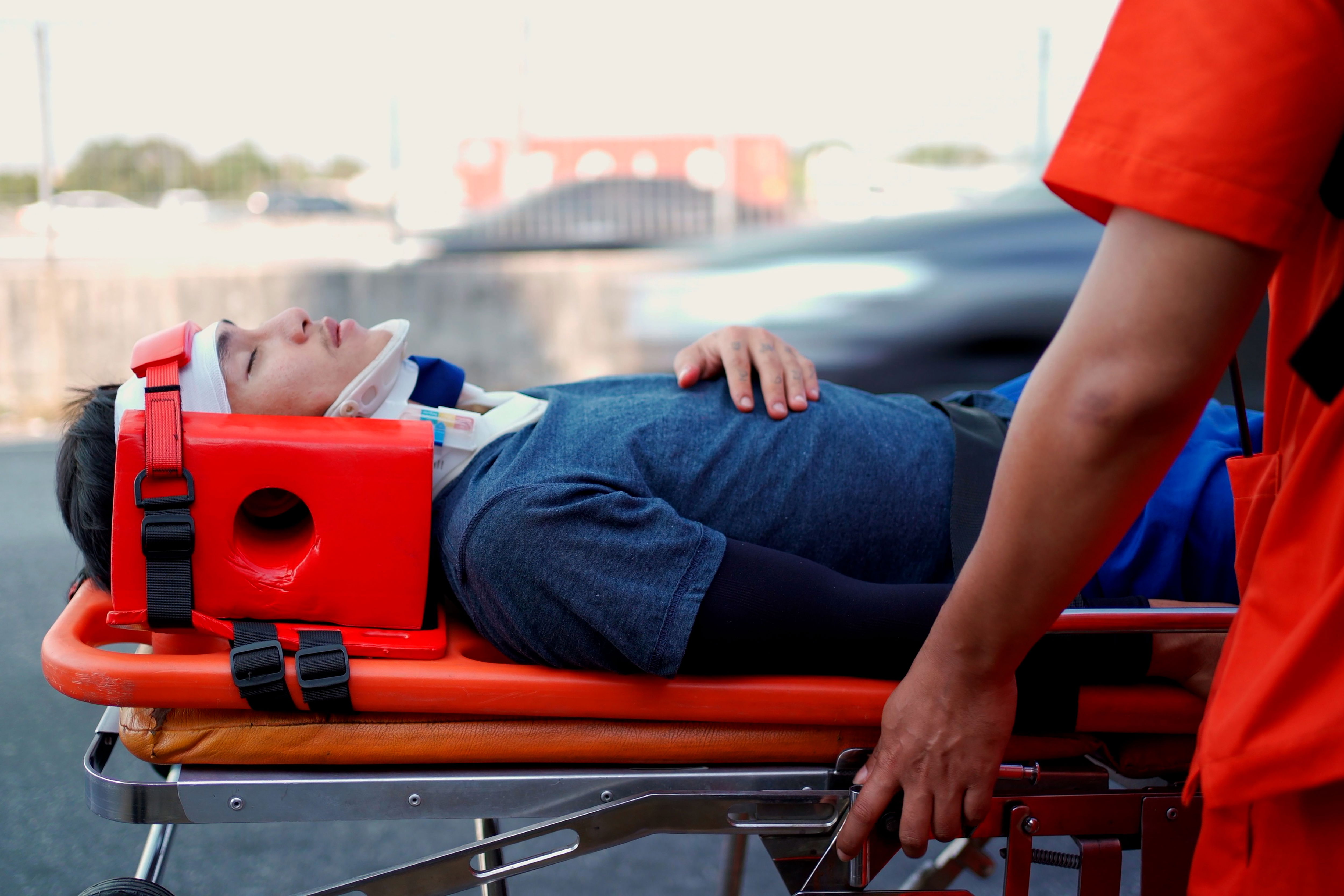
Louisiana’s $1,413 per capita crash cost—driven by 17.8 annual deaths per 100k—reveals a special kind of highway hell where bayou geography meets America’s worst insurance compliance.
The state’s 1-in-5 uninsured drivers (nearly double the national average) create a financial free-for-all where even minor fender-benders escalate into no-pay nightmares.
New Orleans’ pothole moonscapes and Baton Rouge’s spaghetti-junction interstates serve as crash incubators, while Louisiana’s plaintiff-friendly legal system—the only state with pure comparative fault—turns every wreck into a litigation lottery.
The real danger lurks in the math: with average ambulance rides costing $1,200 and trauma centers stretched thin, a single crash on I-10 can bankrupt working families.
Here, the road to ruin isn’t just paved with good intentions—it’s lined with expired temp tags, underinsured motorists, and a legal system that rewards both ambulance chasers and insurance dodgers in equal measure.
The only thing spreading faster than accident costs in Louisiana is the cynical understanding that carrying proper insurance makes you the sucker at the table.
The Last Word: Where You Crash Matters
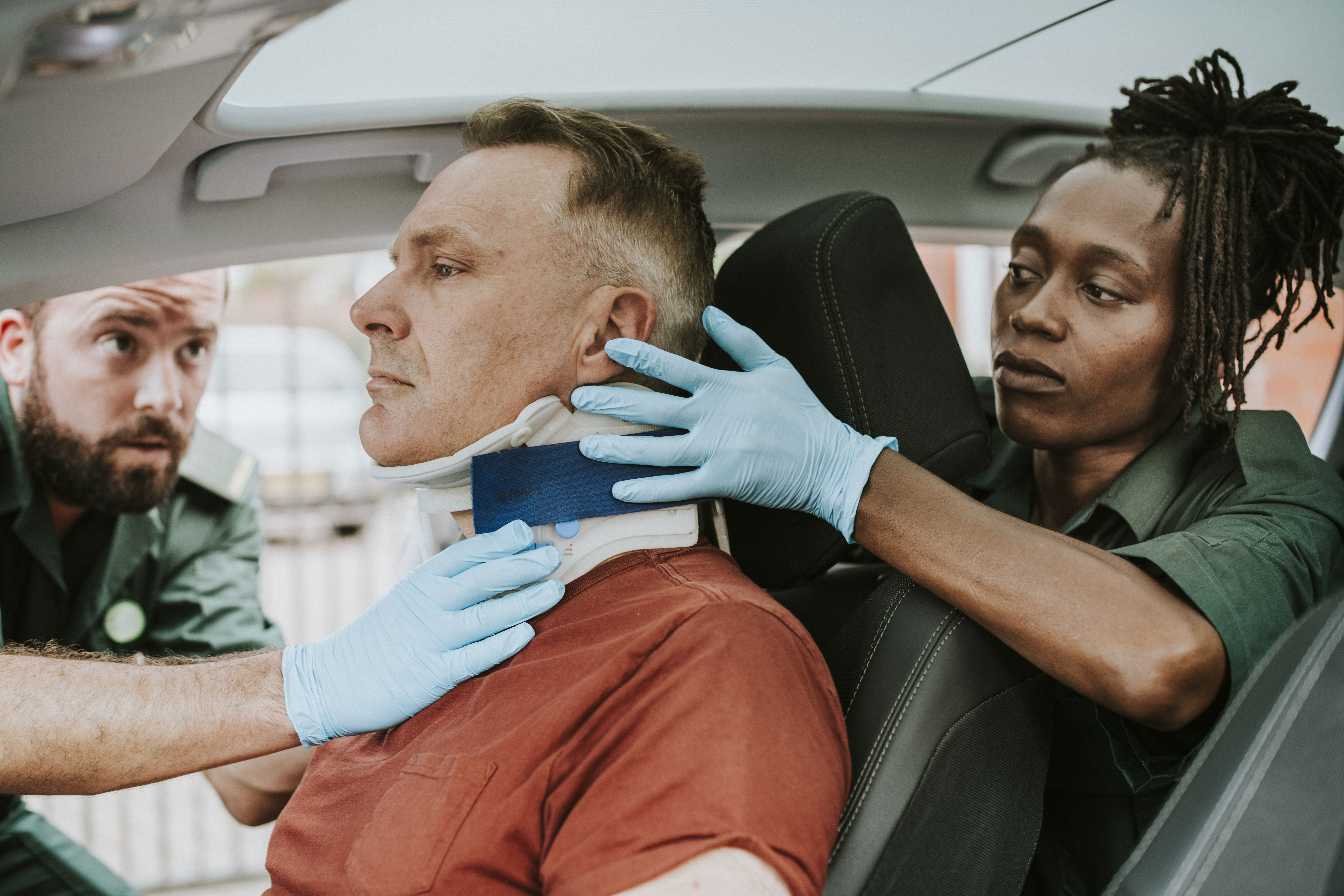
No one plans to get into an accident, but where it happens can drastically impact your medical outcomes (fatality rates vary wildly), financial recovery (insurance minimums differ by state), and legal options (some states favor victims more than others). So, if you’re going to crash, the safest states (statistically) are:
- Rhode Island (low deaths, high costs)
- New Jersey (strong insurance, low fatalities)
- Connecticut (balanced risks)
- Delaware (high driver accountability)
- Maine (low congestion, fair costs)
Meanwhile, Wyoming, Tennessee, and Louisiana are the riskiest due to high fatality rates and weaker protections.
Data sourced from the Dolman Law Group’s 2024 study on car accident economic costs, fatality rates, and driver statistics.